Black Beauty: From Fiction to Icon – The Impact of Anna Sewell’s Novel on Horse Welfare
“Black Beauty,” written by Anna Sewell, is more than just a beloved novel. Published in 1877, it has become a timeless classic that continues to captivate readers of all ages. The story, narrated by a horse named Black Beauty, takes us through his life from a carefree colt to a working horse subjected to various owners and conditions.
What makes “Black Beauty” truly remarkable is its enduring popularity and profound cultural significance. Over a century after its publication, the novel remains a staple in literature, touching the hearts of millions worldwide. Its appeal goes beyond the compelling narrative; it serves as a powerful call to action for animal welfare.
On a personal note, I was profoundly affected by this book. To this day, people tease me because I give my horses voices and describe in human language what they say to me, and I am sure it was “Black Beauty” that inspired me to give animals voices and hear them speak. Sewell’s novel was revolutionary for its time, shedding light on the often harsh treatment of horses. Through Black Beauty’s eyes, readers gain a deep understanding of the importance of kindness, empathy, and humane treatment of animals.
The impact of “Black Beauty” extends far beyond the pages of the book, influencing horse welfare practices and inspiring reforms that have improved the lives of countless horses. In this post, we’ll explore how “Black Beauty” evolved from a work of fiction to an iconic symbol of compassion, significantly impacting horse welfare and continuing to inspire positive change.


The Story Behind the Story
Anna Sewell was born in 1820 in Great Yarmouth, England. From a young age, she had a deep love for horses, a passion that would later profoundly influence her writing. Her experiences with horses were not just casual; they were deeply personal and transformative.
Sewell’s life was marked by physical challenges. At the age of 14, she injured her ankles, which left her unable to walk without assistance for the rest of her life. This injury meant she relied heavily on horse-drawn carriages for mobility, deepening her appreciation and empathy for these animals. Her reliance on horses made her acutely aware of their treatment and the harsh realities they often faced.
Her mother, Mary Wright Sewell, was a successful author of children’s books, and Anna often helped her with editing. This experience, combined with her passion for horses, planted the seeds for her own writing. However, it wasn’t until much later in life, during a period of illness in her fifties, that Anna Sewell began writing “Black Beauty.”
Anna’s motivation for writing “Black Beauty” was clear and heartfelt. She wanted to expose the mistreatment of horses and advocate for their humane treatment. Sewell’s empathy for horses shaped every page of the novel. Through the voice of Black Beauty, she provided a first-person perspective of a horse’s life, capturing both the joys and sufferings that horses experienced due to human actions.
Her intention was not just to tell a story but to promote kindness and understanding towards horses. She hoped that her book would educate readers about the importance of treating horses with compassion and respect. Sewell’s portrayal of the harsh realities faced by working horses, from overwork to cruel practices like the use of the bearing rein, was aimed at inspiring reform and change in how horses were treated.
“Black Beauty” was Anna Sewell’s only novel, and she sadly did not live long enough to see its full impact. She died in 1878, just five months after its publication. However, her legacy lives on, as “Black Beauty” continues to be a powerful advocate for animal welfare, influencing generations of readers to view horses with empathy and respect.


The Novel’s Plot and Themes
“Black Beauty” follows the life of a horse named Black Beauty, from his early days as a carefree colt to his various experiences under different owners. The novel is structured as an autobiographical memoir, with Black Beauty himself serving as the narrator. This unique perspective allows readers to intimately understand the experiences and emotions of a horse.
The story begins with Black Beauty’s idyllic upbringing on a farm, where he enjoys a loving environment and gentle handling. However, as he grows older, he is sold to various owners, each with differing levels of kindness and understanding. Throughout his life, Black Beauty encounters both compassionate caretakers and cruel, thoughtless ones.
Among his more benevolent owners is Farmer Grey, who treats him with respect and care, and Squire Gordon, who values and understands horses. In contrast, he also endures harsh treatment from others who see him merely as a tool for their own benefit, such as when he is subjected to the painful bearing rein, a device that forces horses to hold their heads unnaturally high for the sake of fashion.


The key themes of “Black Beauty” are empathy, compassion, and the mistreatment of horses. Sewell masterfully weaves these themes throughout the narrative, using Black Beauty’s voice to evoke a strong emotional response from readers. Through Black Beauty’s experiences, Sewell highlights the importance of treating animals with kindness and respect. The novel’s vivid descriptions of both good and bad treatment illustrate the profound impact humans have on the wellbeing of horses.

Empathy is a central theme, as the novel encourages readers to see the world from the perspective of the horse. Sewell’s detailed portrayal of Black Beauty’s thoughts and feelings fosters a deep sense of understanding and compassion in the reader. This empathetic approach serves to humanize the horses, making their suffering more relatable and poignant.
Compassion is another critical theme. The novel showcases the positive effects of kindness, both on the animals and on the people who care for them. Characters like Farmer Grey and Squire Gordon exemplify how compassionate treatment leads to loyal and content horses, ultimately benefiting both horse and owner.
The mistreatment of horses is starkly depicted through various episodes of abuse and neglect that Black Beauty and his fellow horses endure. Sewell uses these instances to address horse welfare issues directly. By exposing the cruelty of practices such as the bearing rein and overworking horses, she aimed to educate her readers and inspire them to advocate for better treatment of horses.
Sewell’s narrative strategy of telling the story from the horse’s perspective was groundbreaking. It allowed her to communicate the importance of humane treatment of horses in a powerful and relatable way. “Black Beauty” was not just a novel; it was a call to action, raising awareness and prompting changes in how horses were treated during her time and beyond.
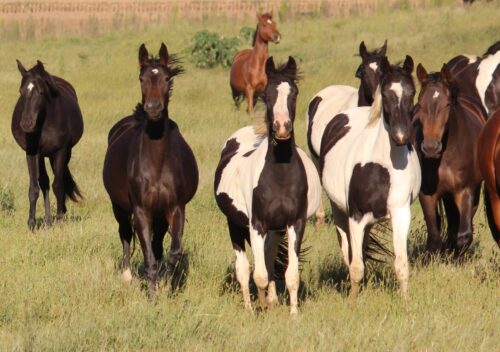
Immediate Impact on Horse Welfare
When “Black Beauty” was published in 1877, it quickly garnered attention and acclaim. The novel’s initial reception was positive, with readers and critics praising its unique perspective and heartfelt message. Although Anna Sewell wrote the book primarily for those who worked directly with horses, its appeal transcended that audience, reaching a broad spectrum of society.
The novel raised awareness about the harsh treatment of horses in a way that had never been done before. By presenting the story from Black Beauty’s perspective, Sewell gave a voice to horses, allowing readers to empathize deeply with their experiences. This narrative choice was revolutionary, as it humanized the horses and made their suffering palpable and real to the readers.
“Black Beauty” highlighted several cruel practices that were prevalent in the 19th century. One of the most significant issues addressed in the novel was the use of the bearing rein. This device forced horses to hold their heads high and arched, which was painful and caused long-term physical damage. The novel’s vivid descriptions of the suffering caused by the bearing rein struck a chord with readers and spurred public outcry against its use.
The impact of “Black Beauty” on horse welfare was profound and immediate. The novel’s popularity led to widespread discussions about the ethical treatment of horses. Readers were moved by Black Beauty’s story and began to question and challenge the practices that caused harm to these animals. The novel’s influence extended to various sectors of society, including horse owners, stable workers, and even policymakers.
One of the most notable changes brought about by the novel was the gradual decline in the use of the bearing rein. Public awareness and criticism, fueled by the novel, led to reforms in horse care practices. The bearing rein eventually fell out of favor as people recognized the unnecessary suffering it caused. This change marked a significant victory for animal welfare advocates and was a direct result of the empathy and understanding fostered by Sewell’s narrative.
Additionally, “Black Beauty” inspired the formation of animal welfare organizations and movements dedicated to improving the treatment of horses. The novel’s powerful message resonated with activists, leading to campaigns and legislative efforts aimed at protecting horses from abuse and neglect.
In summary, “Black Beauty” had an immediate and significant impact on horse welfare. Its initial reception was overwhelmingly positive, and it succeeded in raising awareness about the harsh treatment of horses. By challenging specific practices like the bearing rein and inspiring broader reforms, Sewell’s novel played a crucial role in advancing the humane treatment of horses and continues to be a powerful advocate for animal welfare to this day.
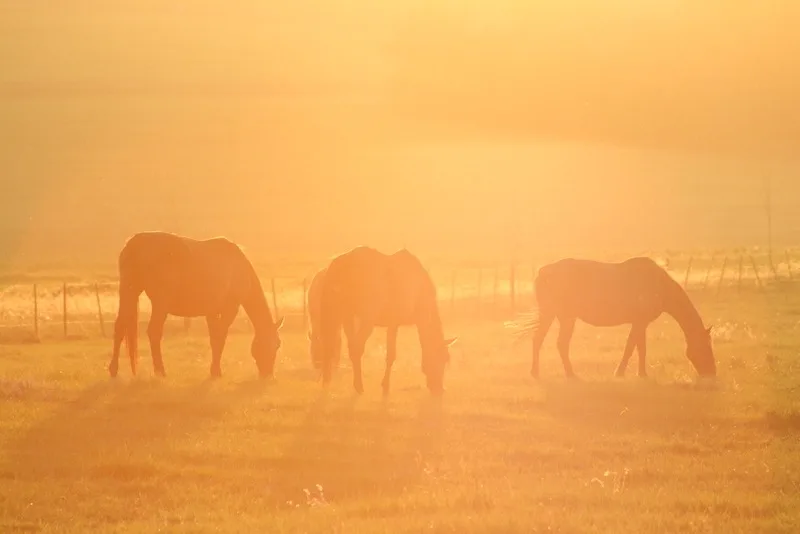
Long-Term Influence
The legacy of “Black Beauty” extends far beyond its initial publication. Over the years, Anna Sewell’s novel has continued to influence horse welfare movements, inspire reforms, and educate new generations about the importance of humane treatment of animals. Its impact is a testament to the power of literature in driving social change and fostering empathy.
One of the most enduring aspects of “Black Beauty” is its role in the foundation and growth of animal welfare organizations. The novel’s vivid portrayal of the mistreatment of horses galvanized activists and animal lovers to take action. For instance, the formation of organizations like the Royal Society for the Prevention of Cruelty to Animals (RSPCA) in the UK and the American Society for the Prevention of Cruelty to Animals (ASPCA) in the United States was significantly influenced by the heightened awareness and empathy generated by Sewell’s work. These organizations have played crucial roles in advocating for the humane treatment of animals and implementing reforms in animal welfare laws.
Reforms inspired by “Black Beauty” have had lasting impacts on horse care practices. The novel’s condemnation of the bearing rein, for example, led to widespread changes in how horses were harnessed and treated. By highlighting the physical and emotional pain inflicted by such devices, Sewell’s narrative prompted a reevaluation of traditional practices and encouraged the adoption of more humane methods.
Beyond specific reforms, “Black Beauty” has fostered a broader cultural shift towards greater compassion and respect for animals. The novel has been included in educational curricula around the world, teaching young readers about empathy and the ethical treatment of animals. Its continued presence in schools ensures that the messages of kindness and humane care reach new generations, instilling values that go beyond the treatment of horses to encompass all animals.
The book’s influence is also evident in contemporary media and popular culture. Adaptations of “Black Beauty” in film, television, and theater have kept the story alive, reaching audiences who might not encounter the novel in its original form. These adaptations continue to spread Sewell’s message, reminding viewers of the importance of treating horses and other animals with compassion.
Moreover, “Black Beauty” remains a touchstone in discussions about animal welfare. The novel is frequently cited in campaigns and advocacy efforts aimed at improving conditions for working animals. Its powerful storytelling and emotional depth make it an effective tool for raising awareness and inspiring action.
In conclusion, the long-term influence of “Black Beauty” on horse welfare movements is profound and far-reaching. The novel has inspired organizations and reforms that have improved the lives of countless horses. It continues to educate and influence new generations, promoting a legacy of empathy and humane treatment that extends beyond the pages of the book. Anna Sewell’s “Black Beauty” remains a timeless advocate for animals, demonstrating the enduring power of literature to effect positive change in the world.


Black Beauty in Popular Culture
Black Beauty” has left an indelible mark on popular culture through numerous adaptations in films, TV series, and other media. These adaptations have played a crucial role in keeping Anna Sewell’s powerful message of compassion and humane treatment of animals alive for new generations.
One of the earliest adaptations of “Black Beauty” was a silent film in 1921, which brought the story to the big screen. Since then, there have been several notable film versions, including the 1946 adaptation directed by Max Nosseck and the 1971 version directed by James Hill. Each of these films brought Black Beauty’s story to life, reaching audiences who might not have encountered the novel.
The 1994 film adaptation, directed by Caroline Thompson, is particularly memorable. This version is praised for its faithful depiction of Sewell’s original narrative and its stunning cinematography. By using the voice of Black Beauty to narrate the film, it stayed true to the novel’s unique perspective, emphasizing the emotional journey of the horse and the importance of empathy and kindness.
In addition to films, “Black Beauty” has also been adapted into various TV series and animated features. The 1972 television series, which ran for two seasons, was well-received and brought the story to a wider audience. More recently, a 2020 film adaptation produced by Disney+ reimagined Black Beauty’s story, setting it in modern times while maintaining the core message of animal welfare.
These adaptations are more than just retellings of a beloved story; they serve to keep the novel’s message alive. By bringing Black Beauty to new audiences through different mediums, they ensure that the themes of empathy, compassion, and humane treatment continue to resonate. Each adaptation introduces the novel’s timeless message to viewers who may not have read the book, spreading awareness and fostering a culture of kindness towards animals.
On a personal note, I have encountered “Black Beauty” in various forms throughout my life. One of my fondest memories is watching the 1994 film adaptation with my family. The poignant scenes and heartfelt narration brought tears to my eyes and reaffirmed my commitment to advocating for animal welfare. These adaptations have a way of touching the hearts of viewers and reminding us of the profound impact we can have on the lives of animals.
Seeing “Black Beauty” in popular culture also brings a sense of connection and continuity. It is heartening to know that the story that influenced my own love for horses continues to inspire others. Whether through a classic film, a television series, or a modern retelling, “Black Beauty” remains a powerful advocate for compassion, reaching new audiences and ensuring that Anna Sewell’s message endures.
In conclusion, the various adaptations of “Black Beauty” in popular culture have been instrumental in keeping the novel’s message alive. They introduce new generations to the importance of humane treatment of animals and serve as a reminder of the enduring power of empathy and kindness. Through these adaptations, “Black Beauty” continues to inspire and educate, making a lasting impact on the way we view and treat horses and other animals.

Personal Connection and Reflections
“Black Beauty” holds a special place in my heart, not just as a classic novel but as a significant influence on my life and my relationship with horses. I first encountered “Black Beauty” as an avid reader as a child, and its impact on me was immediate and stayed with me forever. I was deeply moved by Black Beauty’s journey, his trials, and the kindness and cruelty he experienced along the way. It was as if the horses were speaking directly to me, sharing their stories and emotions. The fact that he told his story made his experiences very real. All other horse books I ate up as a child were written in the third person.
This book opened my eyes to the realities of horse welfare in a way nothing else had. It was through Sewell’s vivid descriptions and Black Beauty’s voice that I began to see horses as sentient beings with their own thoughts and feelings. This realization shaped my perspective on how horses should be treated, fostering a deep sense of empathy and responsibility towards their wellbeing.
My close friends tease me because I talk for horses and all animals, translating what they are communicating into human words. I am sure reading “Black Beauty” influenced this, encouraging me to listen to the unspoken stories of the animals around me.
“Black Beauty” also influenced my career and passion for breeding and training horses. The principles of kindness and understanding guide every decision I make that Sewell so eloquently championed. Whether it’s choosing the right mare and stallion or ensuring that the young horses I train are treated with the utmost respect, the lessons from “Black Beauty” definitely influenced my care of horses.
Revisiting “Black Beauty” as an adult can offer new insights and reinforce the importance of empathy and humane treatment. If you haven’t read the book in a while, or if you’ve never read it, I highly recommend picking it up. Allow yourself to be moved by Black Beauty’s story and let it inspire you to advocate for the welfare of horses and all animals.
In conclusion, “Black Beauty” is more than just a novel; it is a powerful advocate for empathy and humane treatment. Its influence on my life and perspective on horse welfare is profound, and I believe it can have a similar impact on anyone who reads it. Let us all take a moment to listen to the voices of our animals and ensure we treat them with the kindness and respect they deserve.

Conclusion
Black Beauty” remains a timeless and powerful advocate for horse welfare. Anna Sewell’s novel has left an indelible mark on the world, raising awareness about the mistreatment of horses and inspiring profound changes in how they are cared for. Its enduring significance lies in its ability to evoke empathy, promote kindness, and drive social change through the simple yet profound act of storytelling.
The impact of “Black Beauty” is a testament to the power of literature. Sewell’s vivid portrayal of a horse’s life, narrated from the perspective of Black Beauty himself, opened readers’ eyes to the realities of animal welfare. It highlighted the importance of treating animals with compassion and respect, prompting reforms and inspiring the creation of animal welfare organizations. The novel’s message continues to resonate, educating new generations and encouraging them to view horses and all animals with empathy.
Literature has the unique ability to foster understanding and promote social change. “Black Beauty” is a perfect example of how a story can transcend its pages and influence the real world. It reminds us that our actions have a profound impact on the lives of animals and that we have a responsibility to advocate for their humane treatment.
Call to action
I encourage you to read or revisit “Black Beauty” and reflect on its messages. Allow yourself to be moved by Black Beauty’s story and consider how it can inspire you to advocate for better treatment of horses and all animals. Share the novel with others, especially younger generations, to ensure its lessons of empathy and kindness continue to spread.
In conclusion, “Black Beauty” is more than just a novel; it is a call to action for compassion and humane treatment. Its legacy lives on, reminding us of the power of empathy and the importance of advocating for those who cannot speak for themselves. Let us all carry forward the message of “Black Beauty” in our lives, treating every animal with the respect and care they deserve.
Inspired by the enduring message of “Black Beauty,” there are many ways you can support horse welfare and make a difference in the lives of these magnificent animals. Here are some actionable steps you can take:
- Educate Yourself and Others: Knowledge is the first step toward change. Read books, watch documentaries, and stay informed about horse welfare issues. Share what you learn with friends, family, and your community to raise awareness.
- Support Animal Welfare Organizations: Consider donating to or volunteering with organizations dedicated to the humane treatment of horses. Some notable organizations include:
- The Humane Society of the United States (HSUS): Works to improve the lives of horses through rescue operations, advocacy, and education.
- American Society for the Prevention of Cruelty to Animals (ASPCA): Offers programs and initiatives to protect horses from abuse and neglect.
- World Horse Welfare: A global charity focused on improving horse welfare through education, campaigning, and hands-on care.
- Advocate for Better Laws and Policies: Get involved in advocacy efforts to promote stronger animal welfare laws. Contact your local representatives to support legislation that protects horses from cruelty and neglect.
- Adopt or Foster a Horse: If you have the means and resources, consider adopting or fostering a horse in need. Many rescue organizations have horses looking for loving homes.
- Promote Ethical Riding and Training Practices: Ensure that any riding or training you participate in or support is humane and considers the well-being of the horse. Educate others about the importance of ethical treatment in equestrian sports and activities.
- Raise Awareness through Social Media: Use your social media platforms to spread awareness about horse welfare. Share informative articles, success stories, and ways to help. Encouraging your followers to read “Black Beauty” can also inspire them to care more deeply about horse welfare.
- Support Local Rescue Efforts: Many local horse rescues and sanctuaries rely on community support. Volunteer your time, donate supplies, or participate in fundraising events to help these organizations continue their vital work.
By taking these steps, you can make a significant impact on the welfare of horses. Remember, every action, no matter how small, contributes to a larger movement of compassion and care.
Finally, if you found this post enlightening, please share it with others. Spreading awareness is a powerful way to honor the legacy of “Black Beauty” and continue the work that Anna Sewell started. Let’s ensure that the message of empathy and humane treatment reaches as many people as possible, creating a world where all horses are treated with the kindness and respect they deserve.
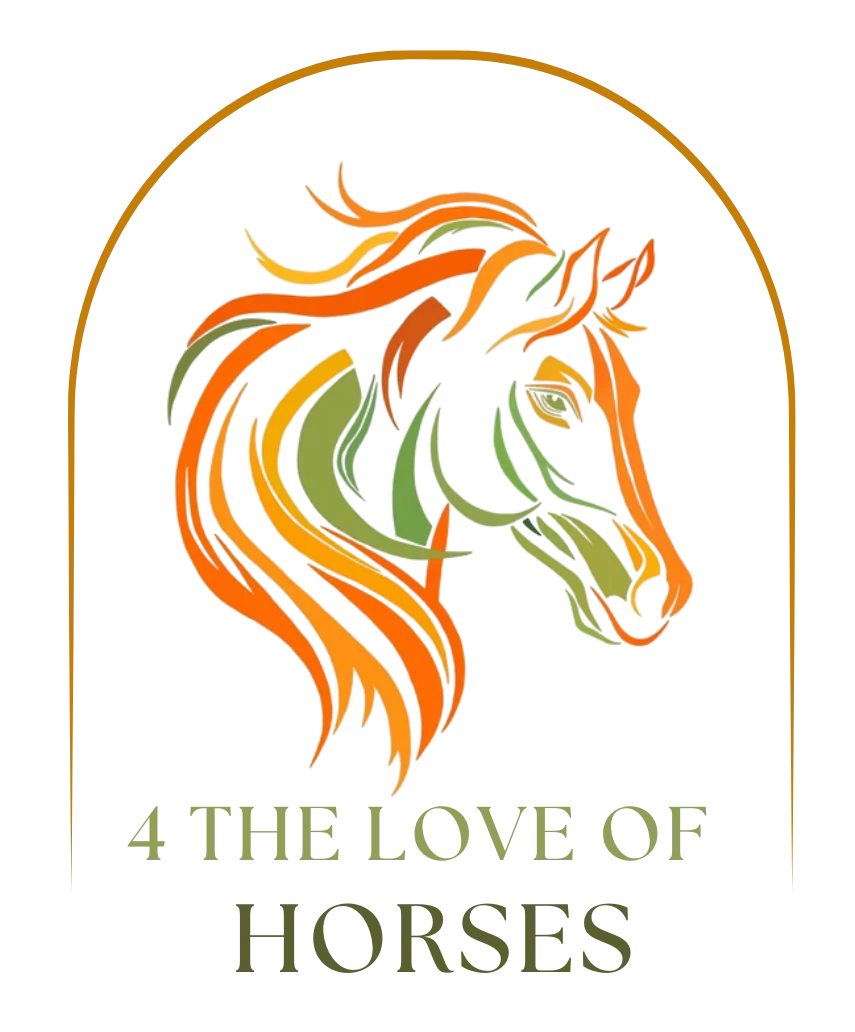
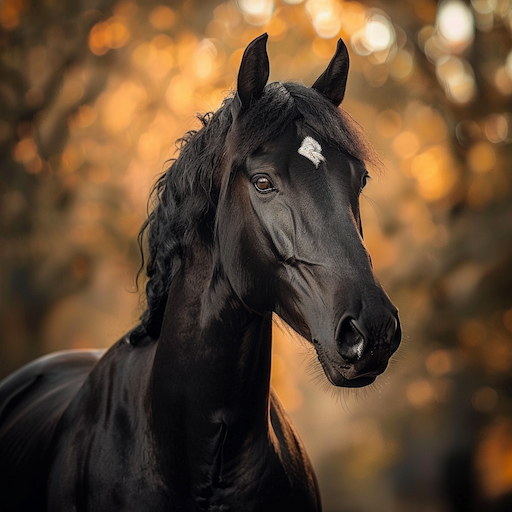

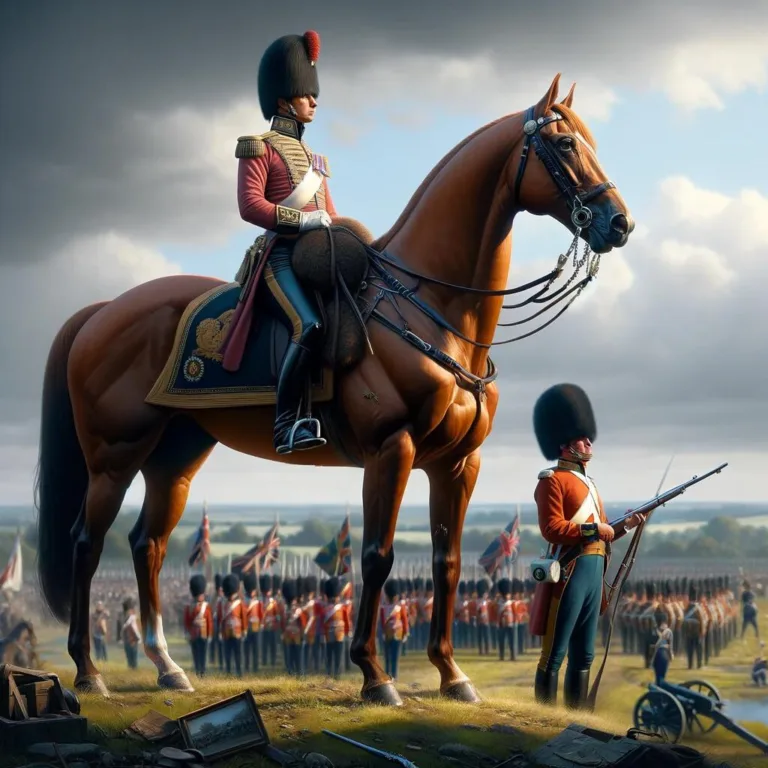

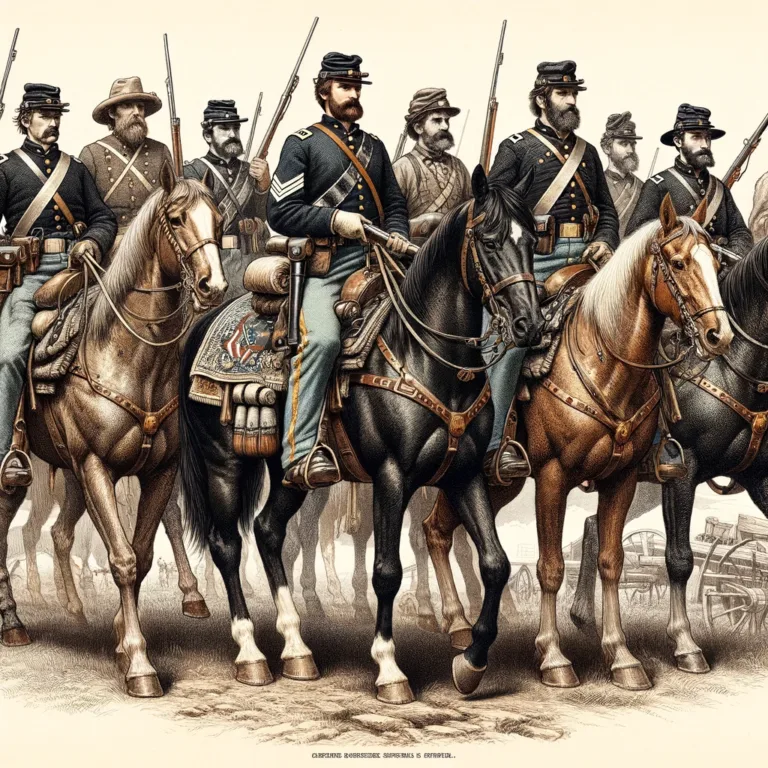
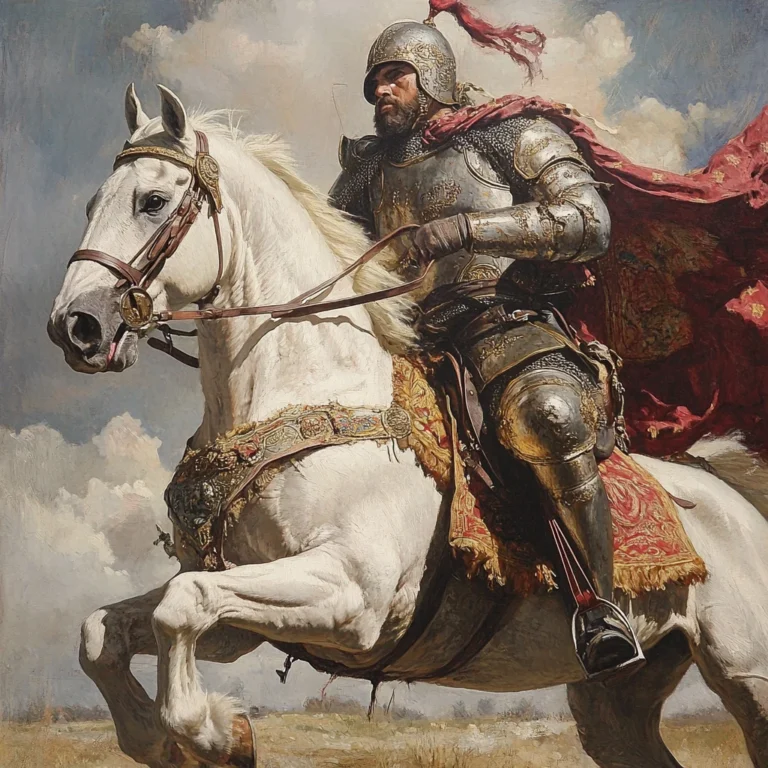

Leave a Reply